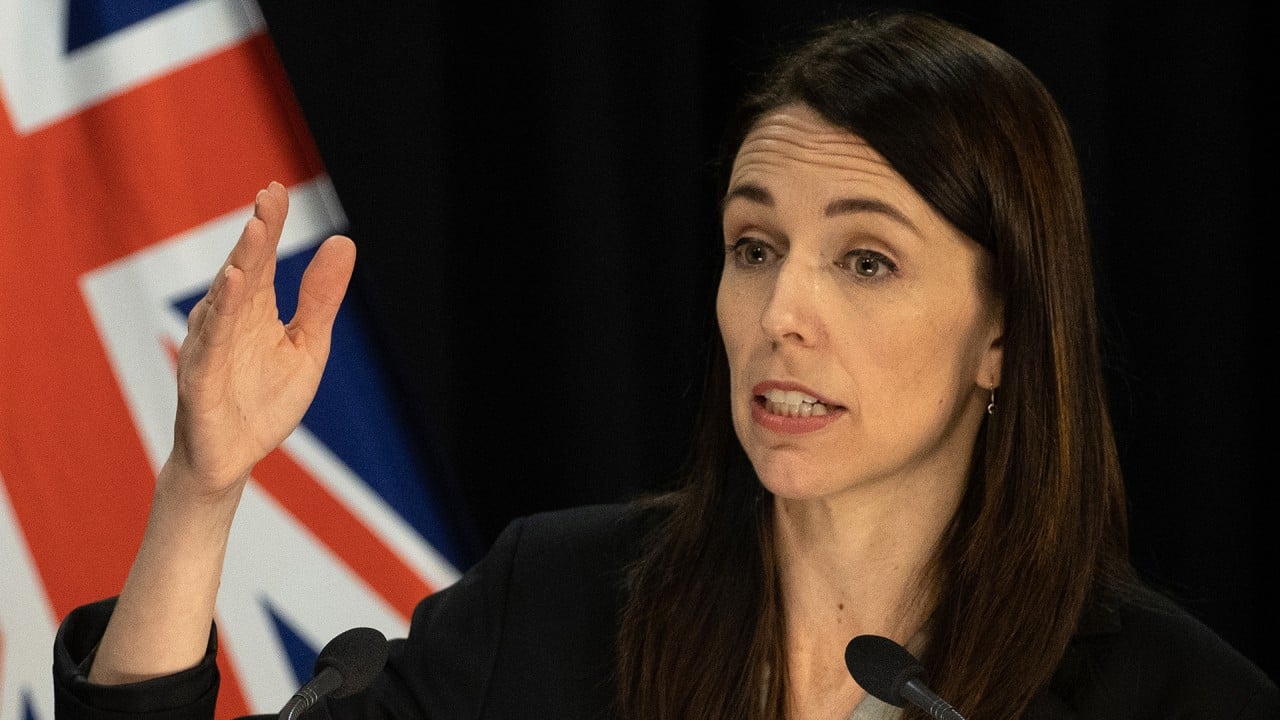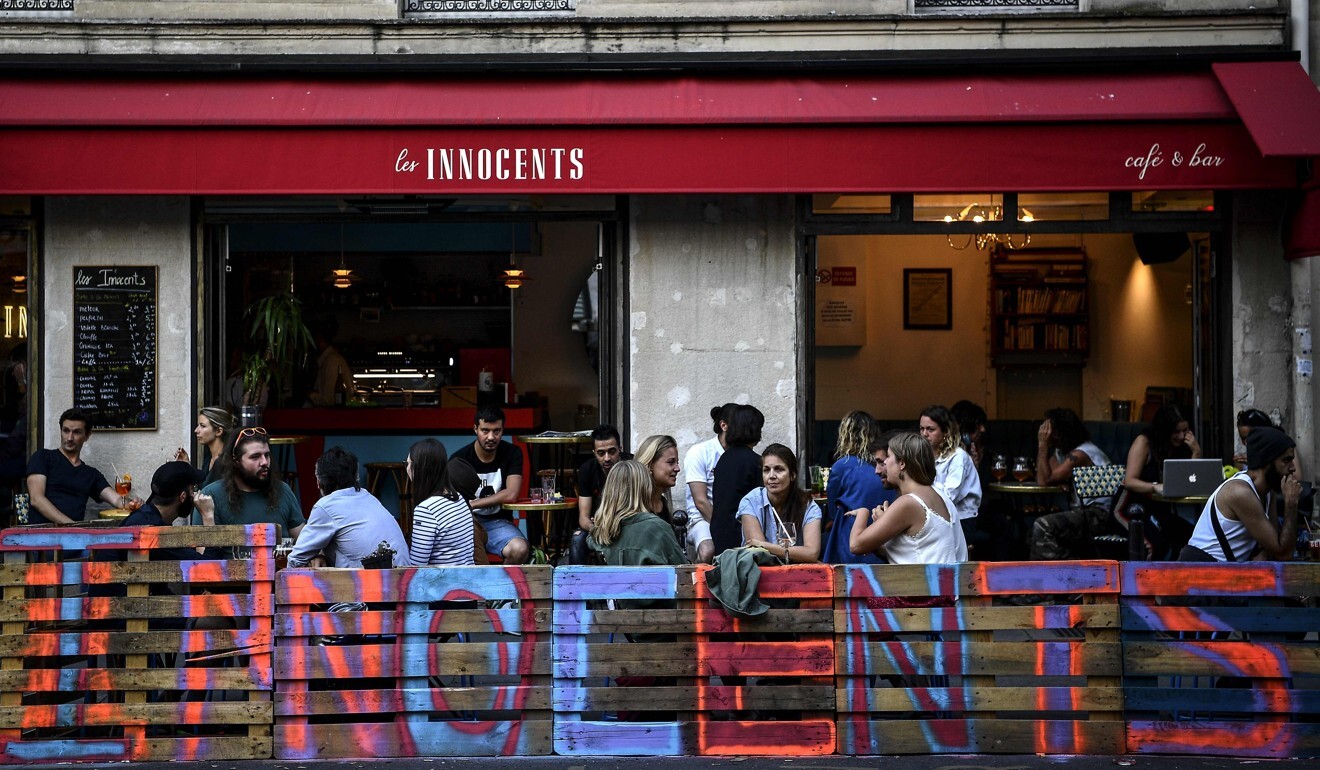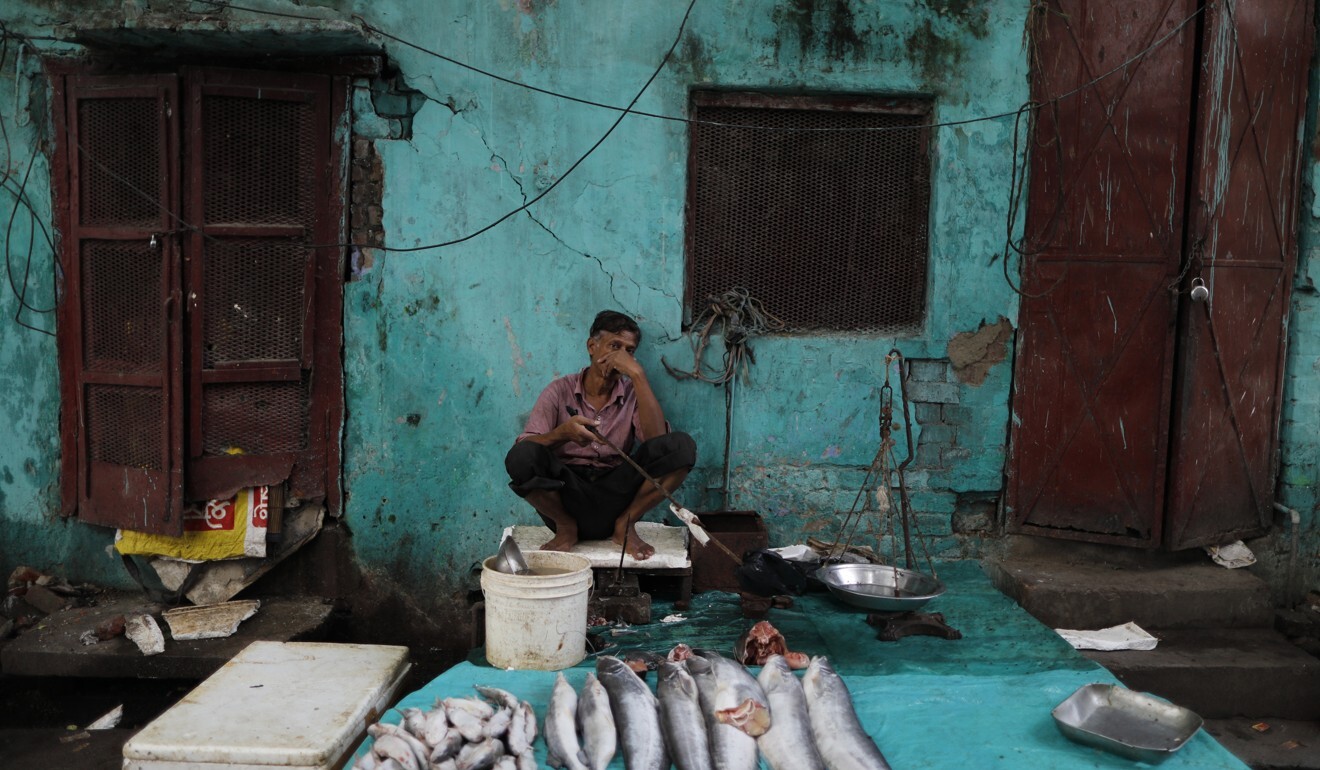
From Australia to India and the Philippines, are coronavirus lockdowns working?
- The state of Victoria has one of the world’s harshest restrictions on movement, while citizens in European capitals are patronising bars and restaurants
- While lockdowns saved lives, they also inflicted huge social and economic costs – and experts say we will not know the full impact, good or bad, for decades
In European capitals, citizens patronise bars and restaurants even as daily infections run into the thousands, after trading lockdowns for mask-wearing and limits on large gatherings. And at the same time Manila is opening up despite rising cases, Jakarta is partially shutting down.
Nearly nine months after Chinese authorities shut down Wuhan, the initial epicentre of the pandemic, policymakers around the world are divided on the continuing viability of lockdowns, which have been credited with saving lives but have also inflicted enormous social and economic costs.

01:53
New Zealand orders Auckland back in lockdown after first local Covid-19 cases in 102 days
According to Gavi, the vaccine alliance, another study suggests that a severe lockdown would ideally start no later than two weeks after the outbreak began, gradually easing off to cover 60 per cent of the population after a month, and 20 per cent of the population after 3 months.
However, the timing of lockdowns can be tricky, and can have significant effects on their effectiveness. Gavi also notes that low and middle-income countries struggled to implement lockdowns, particularly those with a large informal sector, while wealthier countries were more likely to have social or economic safety nets.
Why is Duterte backing under-fire health secretary Duque?
“In general, most societies either are unwilling to acknowledge that resources are finite and health wants and needs are infinite, or they do so explicitly and get criticised for putting a price on a life,” said Howard P. Forman, a professor of public health policy at Yale School of Management. “It will be many years before we can judge the successes or failures of our interventions here.”

‘FLYING A BIT BLIND’
Researchers have linked lockdowns – which have in many cases been accompanied by sharp declines in GDP – to numerous societal ills, while stay-at-home orders and the redirection of medical resources toward Covid-19 have been associated with deaths from other maladies.
In the US state of Colorado, researchers at Denver Health found the imposition of a stay-at-home order in March was followed by a 2.2-fold rise in heart attacks at home, with those deaths exceeding the total number of fatalities from Covid-19 in the two weeks following the order.
In a study published in The Lancet last month, British researchers predicted that the suspension of cancer screening and routine diagnostic work due to the pandemic would result in an additional 3,621 cancer deaths over the next five years.
Virus exposes hidden struggles of poor Indonesian-Chinese families
But multiple studies have also predicted spikes in mental illness and suicide following lockdowns. At the University of Toronto, researchers estimated that unemployment resulting from “containment measures” could see suicides in Canada rise by about 28 per cent from 2018.
Other side effects include a surge in domestic violence, with the United Nations Population Fund earlier this year predicting pandemic restrictions could lead to an additional 15 million cases of abuse for every three months they are extended.
Measuring such unintended consequences is complicated because the precise impact of lockdowns on the economy itself remains a matter of debate. Economists at the University of Chicago have estimated that just 7 per cent of the massive decline in US consumer traffic this year was the result of government restrictions – as opposed to people’s fear of the virus – whereas researchers at Ohio State University have attributed 60 per cent of US job losses between January and April to shutdowns.
Gigi Foster, a professor of economics at the University of New South Wales, said the damage inflicted by lockdowns in 2020 would be playing out “for years to come”.
Singapore PM warns against leaving PAP’s ‘Garden of Eden’
Lawrence O. Gostin, director of the O’Neill Institute for National and Global Health Law at Georgetown University in Washington, said the lack of clear data on lockdowns and other measures meant that authorities were still “flying a bit blind”.
“I do think we need to act on the basis of good data and that rigorous studies are essential,” Gostin said. “We should weigh health and safety more than economic vibrancy. And in many ways it is a false choice. The best way to get economies back and running is by keeping Covid-19 under control.
“Still, the studies that we need are complex and costly to do. They also require funding, with most Covid-19 funding going to vaccines and treatments rather than non-pharmaceutical interventions.”

LONGER-TERM VISION
As of Monday, the Australian state of Victoria had close to 20,000 cases – almost 75 per cent of the country’s total – and 729 deaths. As they battle a second wave of infections since July, authorities have committed to a hard lockdown and curfew that will only be lifted on October 26 if cases drop from the current 14-day average of about 55 to five or fewer a day.
By the end of that period, the state will have endured about six months of on-and-off restrictions that have shuttered most businesses and largely confined people to their homes. Business groups have blasted the measures as excessive, while medical experts have offered a mixed response.
Although some epidemiologists have justified Victoria’s road map as necessary to prevent the virus spreading out of control, others have warned that the bar for exiting the lockdown has been set so high it might never be met. While police in Melbourne arrested 84 people during illegal anti-lockdown protests over the weekend, 70 per cent of Victorians approve of Premier Daniel Andrews’ job performance, according to a Roy Morgan poll released last week.
Europe’s more relaxed response to its second wave also comes as the virus is causing far fewer deaths and hospitalisations than before – a trend that experts have suggested could be due to greater numbers of young people being infected, improved hospital care and widespread mask wearing.

02:42
Philippines returns to Covid-19 lockdown as infections soar to record highs
Although South Korea imposed its tightest restrictions yet last month amid a resurgence in cases, limiting dining at night and closing gyms and after-school study centres, the country remains relatively open and has still only recorded about 360 Covid-19 deaths. Taiwan, where everyday life remains largely intact, has reported just seven deaths from the disease.
“It is difficult to make predictions for various potential outcomes from different options,” said Cho Sung-il, a professor of epidemiology at Seoul National University. “Short-term responses cannot create a better new future, so the social governance for a longer-term vision is needed. If that is not well done, it will probably cost more suffering, but human collective wisdom will eventually figure it out.”
Johan Giesecke, an epidemiologist who advises the World Health Organisation and the Swedish government, said it would take time before the success of different countries’ strategies could be properly judged.
Covid-19 forces Malaysia’s poor to live on instant noodles
For developing countries in particular, there are signs the economic and social fallout of lockdowns may already be too much to bear.
In July, Unicef warned that while it remained “too early to assess the full impact of the lockdowns and other containment measures”, the restrictions could push up to 132 million people around the world into hunger.

Sanghamitra Acharya, professor at the Centre of Social Medicine and Community Health at Jawaharlal Nehru University in New Delhi, said the lockdown had been especially devastating for low-income and self-employed Indians, especially those from lower castes.
“As always, the worst-hit are the poor and the vulnerable, most of whom are Scheduled Castes and Scheduled Tribes and earn their livelihood from the unorganised and informal sector which constitutes more than 75 per cent of the total workforce,” she said, adding that many have fled the cities to return to towns and villages in the country. “Their plight has been evident in their deaths due to exhaustion, to being run over by vehicles, [while others have been] queued up like prisoners and ‘sanitised’ by sprinklers like crops.”
Indian migrant workers returning to cities confront grim reality of lockdown
On Monday, authorities relaxed social-distancing rules on public transport in the capital area, despite warnings by some medical experts that the virus could spiral out of control.
“We won’t be able to afford another lockdown,” said Nathaniel Simon, who was forced to shut down his car wash business in Bulacan, just north of Metro Manila, for two months earlier this year.
Since authorities allowed him to reopen with half as many staff in May, Simon has only been able to pull in about a quarter of his usual revenues – just enough to pay his staff. “Since most of my patrons weren’t using their cars most of the time anyway, their need for my services lessened too,” he said. “The livelihood of my staff relies on the business.”
Anies reintroduced the restrictions amid fears that surging cases could overwhelm intensive care wards in the capital, despite economic concerns raised by several members of President Joko Widodo’s cabinet. The measures, which include the closure of public venues and non-essential workplaces, came after the capital region on Sunday saw a record 1,380 new cases, after previous restrictions had been eased in June.
“Public policymakers are only focusing on economic problems but not giving the same amount of focus to health problems,” said Bayu Satria Wiratama, an epidemiologist at Gadjah Mada University in Yogyakarta. “Many factors contribute to this problem, [including the lack of] good and detailed national-level data about Covid-19. Public officials did not create policy based on data.”
Indonesia, which suffered an economic contraction of 5.3 per cent in the second quarter, has recorded more than 8,800 deaths from the disease so far, the most of any country in Southeast Asia.
Gostin, the Georgetown University expert, said lockdowns were ultimately a “great experiment” that was understandable given the uncertainty created by the pandemic.
“Will we regret it? Perhaps, but we have to grant ourselves some flexibility,” he said. “When we are facing a novel threat that affects the whole planet, it is impossible to avoid a certain amount of experimentation. When I wrote the Model State Emergency Health Powers Act after September 11 for the Centres for Disease Control and Prevention, I could not have imagined locking down millions, even billions, of people. But that became the norm in the great coronavirus pandemic of 2020.” ■
Additional reporting by Elyssa Lopez
If you are having suicidal thoughts, or you know someone who is, help is available. For Hong Kong, dial +852 2896 0000 for The Samaritans or +852 2382 0000 for Suicide Prevention Services. In the US, call The National Suicide Prevention Lifeline on +1 800 273 8255. For a list of other nations’ helplines, see this page.

